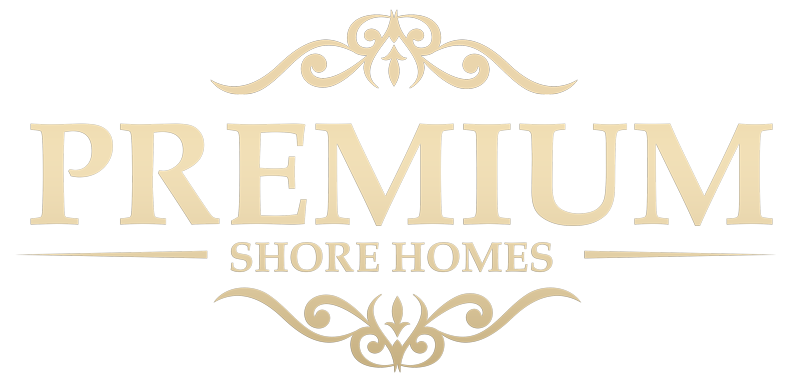Finances and Your Shore Home
A home “down the shore” is often a dream for many families who recall visiting family and friends who’s get away place allowed them to spend time at the beach, boating, fishing, sunbathing or visiting the boardwalk or night spots. The influx of population at the Jersey Shore has come in waves over the decades. The post-war boom of the 1950s saw bungalow communities flourish with 600-foot unheated cottages, that cost less than some new cars, an affordable pleasure for many working-class families. The late 1960s and 1970s saw urban dwellers relocate from Hudson, Essex, Union, Bergen and Passaic Counties to make full sized ranches and bilevels their new permanent residences. While high interest rates in the 1980s slowed the population shift, a decade later vacationers again fulfilled their dream with bigger and better second homes becoming a regular part of retirement planning. For over sixty years families have seen their shore home purchases increase in value by an average of over 5% annually – a higher return than savings accounts, stocks or bonds. While past performance is no guarantee of future returns, there is no reason to imagine why a desirable commodity with limited supply would diminish in value.
It is reassuring to consider you home an investment for your future, it is also a shelter for your current earnings. The latest IRS regulations have set the amount of mortgage interest that may deducted to that accrued on average annual balances of up to $750,000 for new purchases of first and second homes combined. Mortgages made prior to 2018 still have the cap of $1,000,000. It is important to note that these limits apply to the balances, not the original loan amount. For example, a primary home’s mortgage taken for $300,000 with an average balance of $150,000 would leave an interest deduction on $600,000 still available for a new purchase and it is possible this amount could be even higher based on the year of acquisition of the first property. If you itemize and are deducting interest on less than $750,000 you’re missing the maximum tax advantage. The home mortgage interest deduction is one of the few remaining tax loopholes available to individuals.
One often overlooked income shelter is the short-term rental. IRS allows a rental of up to 14 days each year without requiring the reporting of income. It’s not uncommon for homeowners to rent their home at the shore to friends for two weeks at the current rates of $3,000 to $6,000 per week in July or August tax free. Rental of longer than 14 days requires reporting but also allows for additional deductions of maintenance and even depreciation.
One major tax planning possibility for the self-employed is the corporate acquisition of a second residence, although each situation is unique, it could be advantageous to discuss this with your tax advisor.
